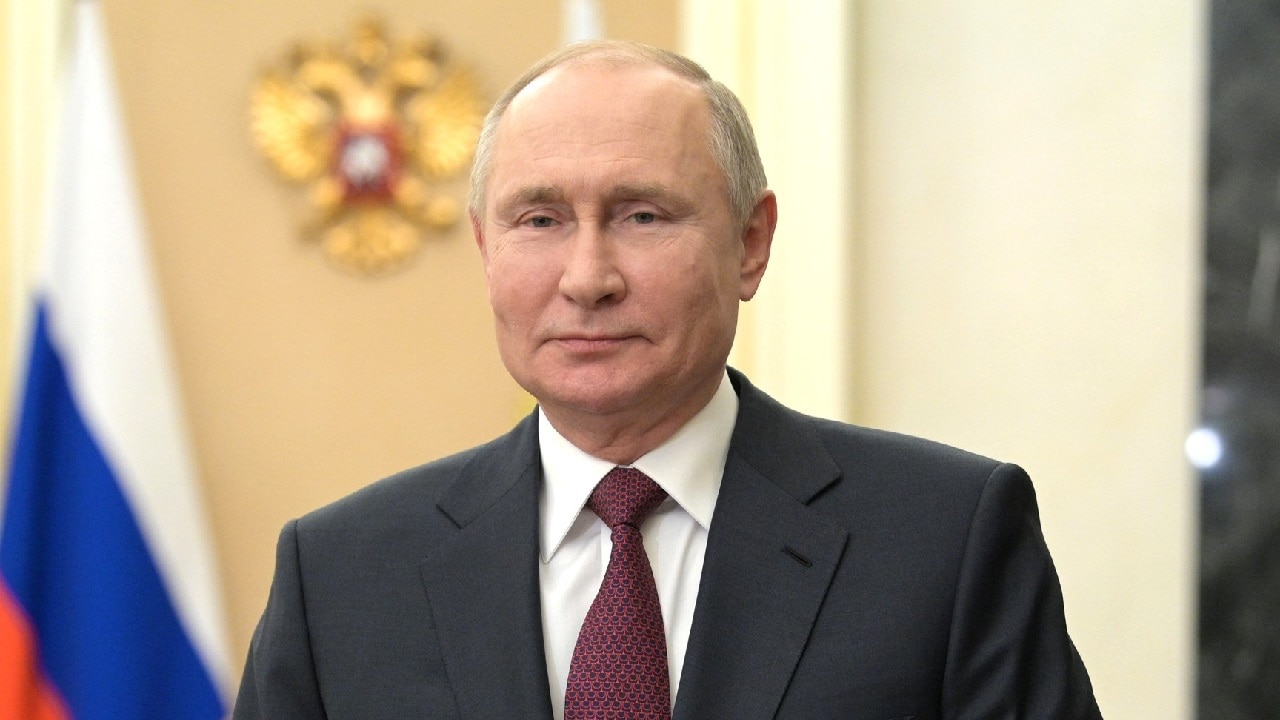Russia’s Currency is in Crisis – Russia’s currency, the ruble, has experienced a steady downward spiral in recent months.
Its dwindling value has prompted the nation’s central bank to intervene to arrest the plummet.
While the depreciating ruble had initially boosted the government’s budget, the economic repercussions are now too evident to ignore, particularly the potential rise in prices that could burden ordinary citizens.
Sanctions’ Sting for Russia?
Western sanctions have not crippled Russia’s economy, but they have left an imprint.
Exports have dwindled due to oil restrictions and price caps.
Despite this, higher oil prices have offset some losses, while Russia’s creative maneuvering has allowed it to find alternative routes for imports.
While the ruble’s value decline is not an economic crisis, it reflects the careful dance Russia performs to navigate a complex financial landscape.
Why is the Ruble in Freefall?
The ruble’s slump can be attributed to a combination of factors.
Russia’s exports, notably energy resources like oil and natural gas, have dwindled, leading to reduced revenue.
This is due in part to Western sanctions that have constrained the sale of oil and imposed price caps on exports to non-Western nations.
As Russia sells less abroad, it imports more goods, which necessitates converting rubles into foreign currencies.
This exchange dynamic contributes to the ruble’s weakening.
Additionally, Russia’s trade surplus, previously a strong support for its currency, has contracted due to falling oil prices and reduced imports following its military incursion into Ukraine.
However, as trade routes shift and countries like India and China continue to purchase Russian oil, the economic landscape remains more resilient than expected.
Taming Inflation
To counteract the growing inflation spurred by the weakening ruble, Russia’s central bank took an extraordinary step.
It raised its key interest rate from 8.5% to 12% in an emergency meeting. This move aims to curb domestic demand by making credit more expensive, thereby mitigating inflation.
The deteriorating ruble’s impact on prices has led to a swift response from the central bank, which seeks to rein in the economy and its effects on consumer prices.
Effects on Russian Citizens
The devaluation of the ruble carries ramifications for ordinary Russians.
Inflation driven by the weakening currency translates to higher prices for essential goods, impacting low-income individuals who allocate more of their earnings to necessities.
The central bank’s interest rate hike aims to manage inflation, but it also dampens overall economic growth. In a nation where government priorities prioritize wartime efforts, this economic strategy underscores the complex choices faced by Russian policymakers.
While the ruble’s fluctuations reverberate throughout the economy, citizens remain divided on its long-term implications.
Veterinarian Dina Solovyova told the Associated Press that she anticipated a domino effect of rising prices.
Others, such as student Nikolay Rubtsov, view the situation as temporary, expecting a return to stability.
As Russia grapples with economic shifts amidst ongoing Ukraine military actions and sanctions, the ruble’s journey remains a critical narrative of the nation’s resilience and strategies in these tumultuous times.
Georgia Gilholy is a journalist based in the United Kingdom who has been published in Newsweek, The Times of Israel, and the Spectator. Gilholy writes about international politics, culture, and education.
From the Vault
‘You Really Oughta Go Home’: F-22 Raptor Stealth Fighter Flew Under F-4 From Iran

